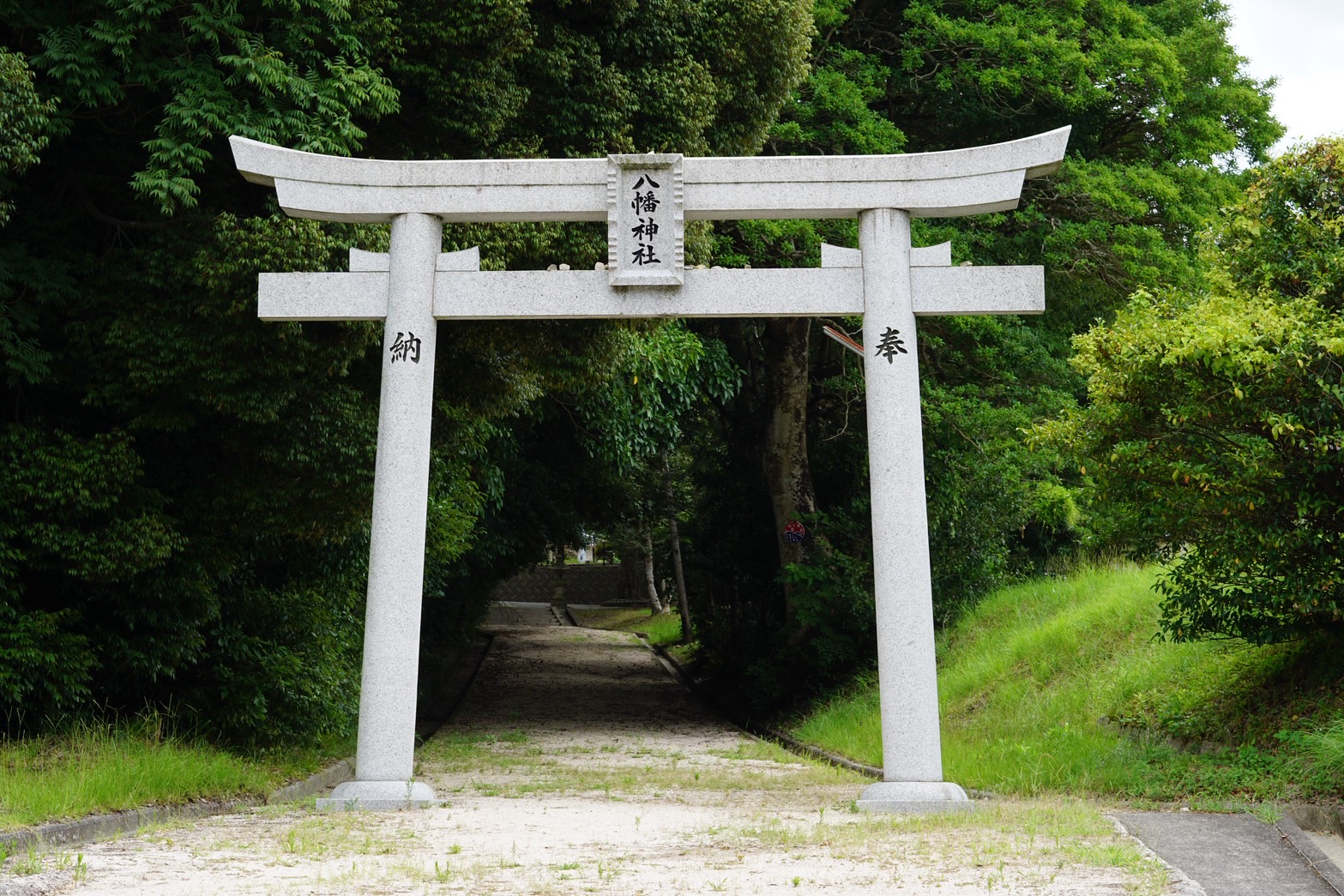いつも二つの解決策がある。問題点は問題だと思うなら、次は回避できるように行動することと、同時に今起きている事象は楽しむという解決策だ。いま起きていることは避けられない、もう起きているから。それはもうそれとして楽しむしかない。しかし、その事象の進行や再出現が問題になるなら、次起きないように予防策を講じることは大切なことだ。我々はよくこの二つを混同してしまう。混同した時の行動はこんな感じだ。今起きていることが起きない方が良かったと、起きなかった時のことに固執して、起きなかった時を生きてしまう。または、起きたことはしょうがないと諦めて、つぎも起こりうることに対しても諦めてしまう。この二つの行動は解決策をとっているようで、似ているのだが全く違う。しっかりと問題点を抽出して、それを楽しみ同時に改善する冷静な判断力を持ちたい。と
何の話なのか、、そう思った。
遊び稽古
1体操
2クマ歩き、クモ歩き
3膝行
4杖に慣れる
本稽古
1合気体操
2足捌き
3受け身(逆半身片手取り呼吸投げで)
4逆半身片手取り外回転投げストレッチ
5逆半身片手取り一教表裏
6逆半身片手取り二教裏
7逆半身片手取り外回転投げ裏
8両手取天地投げ表・裏
基礎をやっている。今は合気道の基礎をやっている。その自覚をしっかり持たなくてはならない。基礎をやっているが、基礎を間違った方法でやることほど無駄なことはない。基礎は、基礎を踏まえて、やるからこそ基礎なんだ。なんとなくで間違っていても雰囲気でやっていては基礎の力がつかない。もちろん稽古をするだけでも頑張っている。みんな偉いと思う。しかし、せっかく段を取るまで基礎を固めるなら、しっかり意味を考えて基礎を踏まえてやっていこうと思う。
There are always two solutions. When a problem arises, if you recognize it as a problem, there are two approaches you can take: one is to take preventive action so it won’t happen again, and the other is to enjoy the situation as it is. After all, what’s happening now can’t be avoided—because it’s already happening. In that case, the only option is to accept and enjoy it as it is.
However, if the progression or recurrence of that situation might become an issue, then taking steps to prevent it from happening again is important. We often confuse these two approaches.
When we do confuse them, our response tends to look something like this: we dwell on how it would’ve been better if it hadn’t happened, and we start living in that “what-if” world. Or we say, “It can’t be helped now,” and give up, not only on the present but also on the future possibilities where it might happen again.
These two behaviors may appear similar to genuine solutions, but they are entirely different. I want to be able to clearly identify the problem, enjoy the present, and simultaneously improve through calm, rational judgment.
…What am I even talking about?
Playful Training
- Warm-up exercises
- Bear walk, spider walk
- Knee walking
- Getting familiar with the jo staff
Main Training
- Aiki warm-up exercises
- Footwork
- Ukemi (with Gyaku-hanmi katate-dori kokyu-nage)
- Gyaku-hanmi katate-dori soto-kaiten-nage stretch
- Gyaku-hanmi katate-dori ikkyo (omote & ura)
- Gyaku-hanmi katate-dori nikyo (ura)
- Gyaku-hanmi katate-dori soto-kaiten-nage (ura)
- Ryote-dori tenchi-nage (omote & ura)
Right now, we are working on the fundamentals of Aikido. And we must be fully aware of that. Doing foundational training incorrectly is one of the most pointless things you can do—because basics only become meaningful when practiced correctly, with an understanding of what they are based on.
If we do them carelessly or simply go with the flow despite doing them wrong, we’ll never gain a solid foundation. Of course, just showing up and training is a sign of commitment, and I deeply admire that in everyone. Still, if we are going to lay down the groundwork that will carry us through until we earn our dan rankings, let’s make sure to practice with purpose and build upon a proper understanding of the fundamentals.



コメント